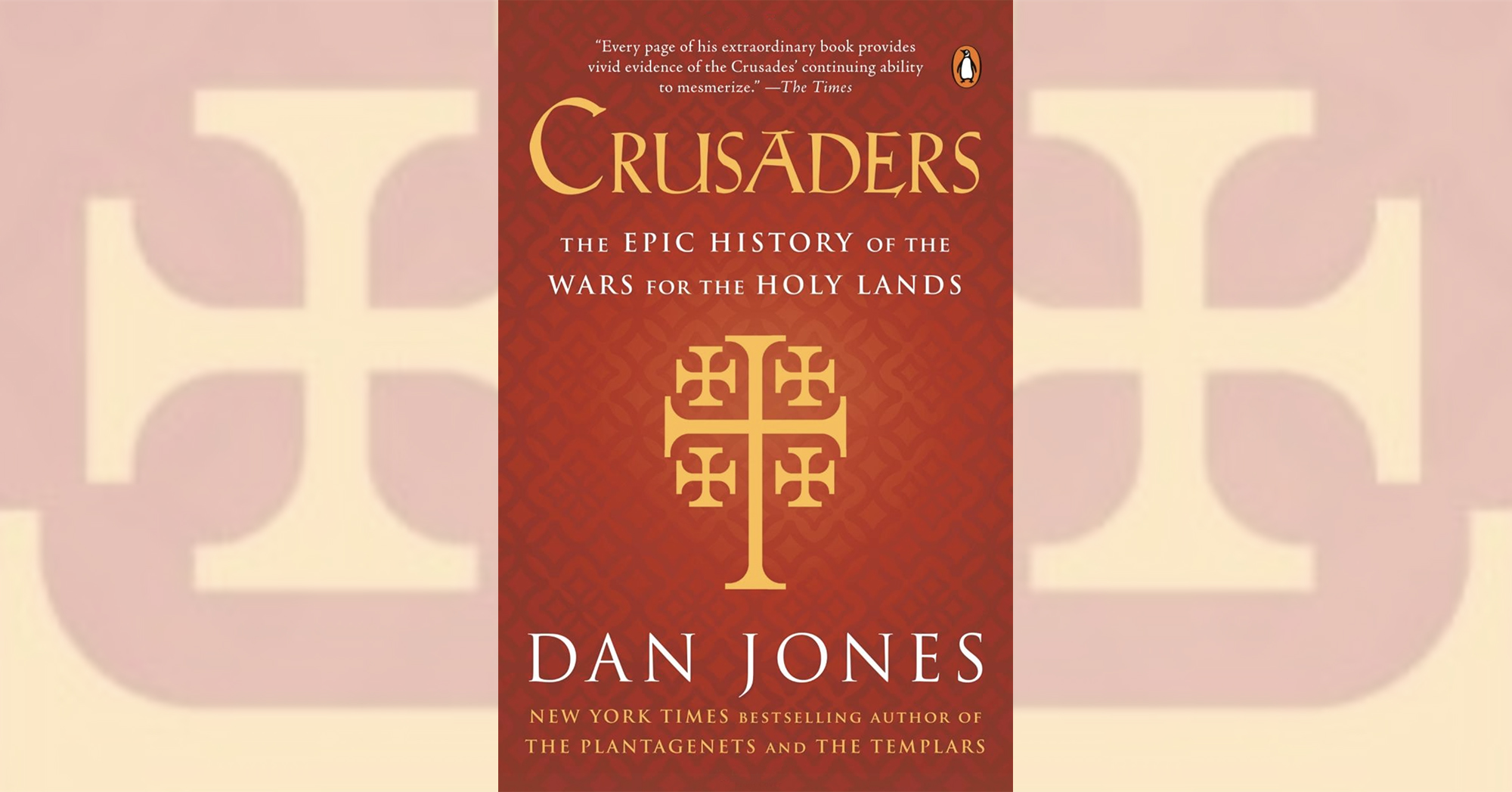Crusaders: An Epic History of the Wars for the Holy Lands, by Dan Jones, Penguin Books, N.Y., 2019, $30
In 1095 Byzantine Emperor Alexios I Komnenos appealed to Pope Urban II for aid against the attacking Muslim Turks. Present-day scholars, British historian Dan Jones among them, still struggle to make sense of what followed, but there’s no doubt Alexios succeeded beyond his wildest dreams.
His first taste of the Crusade fervor that swept Europe was the arrival at Constantinople in 1096 of thousands of soldiers and pilgrims, followers of the monk Peter the Hermit. Alexios quickly ferried them across the Bosporus, where they marched into Turkish territory to mostly end up dead or enslaved. That fiasco was dubbed the People’s Crusade. Far more effective were the organized armies of the First Crusade, which after three years of bloody, atrocity-ridden fighting managed to capture Jerusalem in 1099 and then mostly returned home. Alexios rejoiced, having recovered most of the Anatolian Peninsula. But four small Crusader states had difficulty fighting off surrounding Muslim nations, which were as divided and quarrelsome as Europe but ultimately got their act together.
The armies of the Second Crusade (1147–50) failed to reconquer Edessa, the first of the four Crusader states to fall. Then, in 1187 Muslim forces under Saladin recaptured Jerusalem, thus prompting the Third Crusade (1189–92), led in part by Richard I, the “Lionheart” of England, who regained some territory but not Jerusalem.
The armies of the Fourth Crusade (1202–04) sacked Constantinople. The forces of the Fifth Crusade (1217–21) failed before Jerusalem and then invaded Egypt, with disastrous consequences. During the Sixth Crusade (1228–29) the Christians recovered Jerusalem. Preoccupied with domestic issues, the local sultan agreed to a 10-year truce with Holy Roman Emperor Frederick II in exchange for the city and much surrounding territory. Muslims retook the city in 1244.
At the outset of the Seventh Crusade (1248–54) French King Louis IX landed in Egypt (then ruling the Holy Land) and suffered a catastrophic defeat, in which he was captured and later ransomed. A glutton for punishment, Louis led the Eighth Crusade in 1270 but died from dysentery soon after landing, his diseased army returning home with little to show for their efforts.
Two years later an army under future King Edward I of England launched the Ninth Crusade (1271–72), invading the Holy Land, winning a few victories and then departing. It was the last Crusade to reach Palestine, though a few abortive attempts followed. The last Christian fortress city, Acre, fell in 1291. Crusades also raged within Europe then and in later centuries, and Jones recounts many waged with purely secular intent against the pope’s political opponents.
Jones writes rousing history, though readers may weary of the accounts of atrocity-ridden bloodshed. Present-day scholars tend to paint the Crusaders as the bad guys, but Jones turns up plenty of Muslim dishonor and cruelty. Medieval religion, no less than medieval warfare, was not for the faint of heart.
—Mike Oppenheim
This post contains affiliate links. If you buy something through our site, we might earn a commission.





